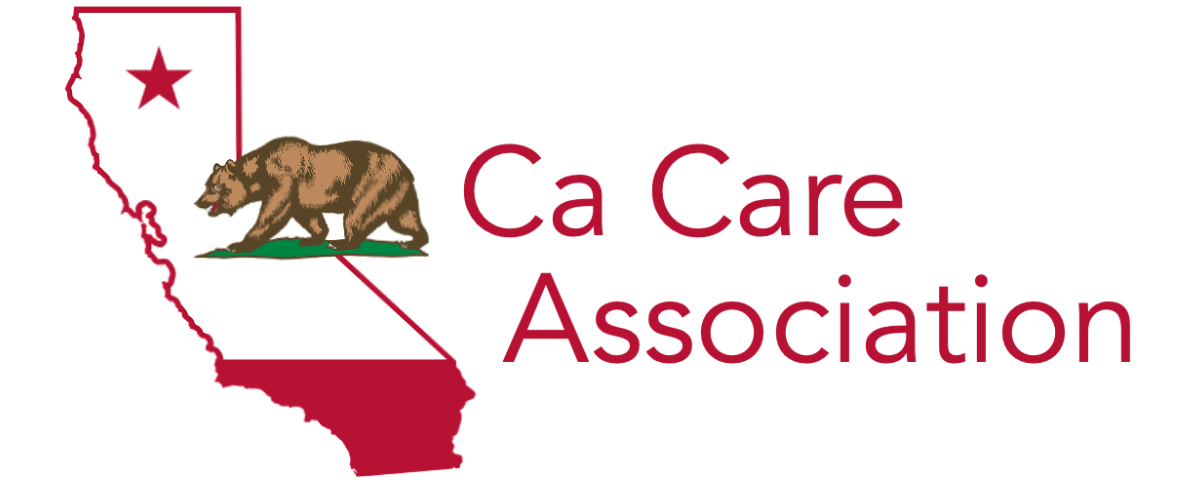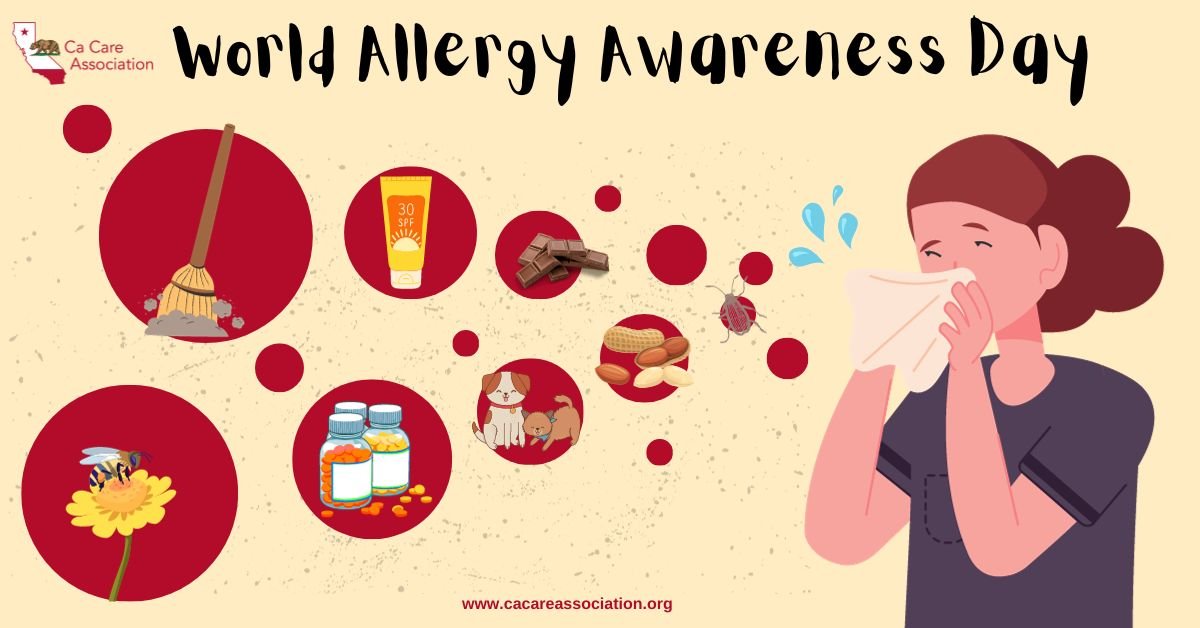Allergy Facts and Fiction: Celebrating World Allergy Awareness Day
Allergies affect more than 100 million people in the U.S., there are many different types of allergies such as pollen, drugs, food, latex, pets, insects, and many more. As World Allergy Awareness Day approaches, clarifying the many myths about allergies is essential. With so much information at our fingertips, getting lost in a sea of false information is easy. This article aims to clarify common misconceptions about allergies, share the history of this celebration, and the global efforts made to celebrate World Allergy Awareness Day.
Understanding Allergy
An allergy happens when the body’s immune system overreacts to a specific substance that are typically harmless to most people. These substances are called allergens, and they can include things like pollen, particular foods, insect stings, pet dander, mold, and a lot more.
An allergic person's immune system reacts to an allergen by releasing molecules, such as histamine, which can cause a variety of symptoms. Sneezing and itching are examples of moderate symptoms, while anaphylaxis, a potentially fatal illness, is an example of a severe symptom that requires quick medical attention.
World Allergy Awareness Day
World Allergy Awareness Day is celebrated yearly every October 16. This is different from World Allergy Day which is celebrated every July 8. The purpose of the day, which is observed worldwide, is to raise awareness of the difficulties that allergy individuals face, promote understanding, and push for improved resources and care. The International Association for Asthma and Allergy Awareness (IAAA) initially established this particular day in 1999.
Debunking Common Allergy Myths
Let’s step right into it and debunk the most common allergy myths that you have probably heard of:
Myth 1: A small amount of an allergen won't trigger an allergy
For someone with a severe allergy, even tiny amounts of an allergen could trigger a reaction. For instance, eating even a small amount of peanuts might cause symptoms in persons with peanut allergies. This myth is harmful because it diminishes the seriousness of allergic reactions and can encourage risky actions.
Myth 2: All allergies can be outgrown
While it's true that some children may outgrow certain allergies, especially food allergies like milk or egg, it's not guaranteed. Some allergies persist into adulthood, and some adults even develop new allergies later in life. An example is sunscreen allergy, you may not have it initially, but you may develop it over the years of using sunscreens that have ingredients that may cause allergies such as oxybenzone, avobenzone, and octinoxate. It's essential to have regular check-ups with an allergist to monitor the status of one's allergies.
Myth 3: Allergic reactions aren’t serious and can be handled easily.
While some allergic symptoms, such as a runny nose or itching eyes, are minor, others can be life-threatening. A severe allergic reaction with a quick start known as anaphylaxis can include difficulty breathing, a drop in blood pressure, and loss of consciousness. Anaphylaxis can be deadly if it is not promptly treated. Knowing the possible severity of allergies and being ready is essential, especially if one has a history of having really bad reactions.
Myth 4: Natural products can't cause allergies
Natural does not always mean being allergen-free. Many natural ingredients, including pollen, pet hair, and specific meals, can cause allergic reactions. Even essential oils, which are frequently promoted as natural medicines, can give some people adverse reactions. It's crucial to realize that "natural" isn't equivalent to "safe for everyone."
Myth 5: Short-haired pets are hypoallergenic
Many people think short-haired pets won't cause allergies, but it's not really about the hair. Allergies come from proteins found in a pet's skin flakes, pee, and spit. While some types of pets might cause fewer allergy problems, there's no pet that's completely safe for everyone with allergies.
Myth 6: Local honey can cure pollen allergies
The idea is that consuming local honey will expose the person to local pollen and help build immunity. However, there's no scientific evidence to support this claim.
Conclusion
In conclusion, it's important to distinguish fact from fiction when it comes to allergies as we observe World Allergy Awareness Day. Not only can misunderstandings cause discomfort, but they also carry significant health concerns. We may better help and understand individuals who are allergic by remaining informed and debunking myths. Let's use this day to raise awareness, provide accurate information, and make everyone's surroundings safer. Always keep in mind that knowledge is the first step to comprehension and empathy.
Share this to your friends and family to correct misconceptions and spread facts. Check out our Ca Care News to read more informational and useful blogs like this.


